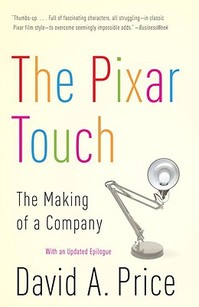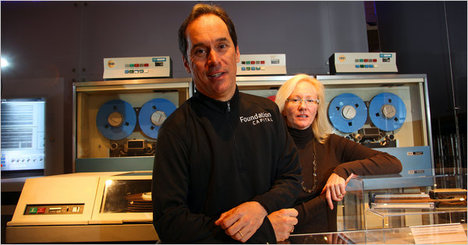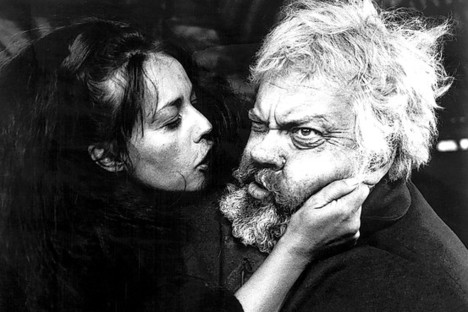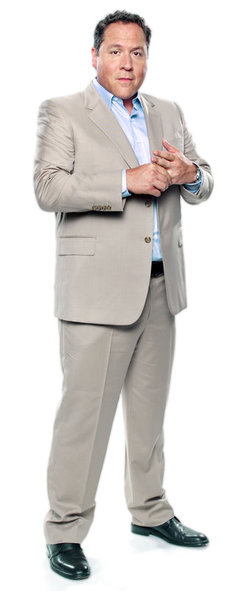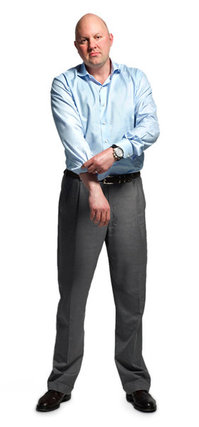(p. 29) As in Catmull’s graduate school days, however, the Walt Disney Co. was not interested in computer graphics. Walt had died of cancer in 1966, and the company was now run by a caretaker chief executive, Esmond Cardon “Card” Walker. Some of Disney’s technology experts saw great promise in the NYIT group’s work, but that was as far as it ever went.
Who else had pockets deep enough to support a major research effort into computer animation for filmmaking? It might take a decade, or even longer, before computer costs came down enough for (p. 30) a feature film to be anywhere near the realm of possibility. The only option, it seemed, was to keep making progress on the technical issues–on NYIT’s dime–while waiting for Disney to call.
Source:
Price, David A. The Pixar Touch: The Making of a Company. New York: Alfred A. Knopf, 2008.
(Note: my strong impression is that the pagination is the same for the 2008 hardback and the 2009 paperback editions, except for part of the epilogue, which is revised and expanded in the paperback. I believe the passage above has the same page number in both editions.)


